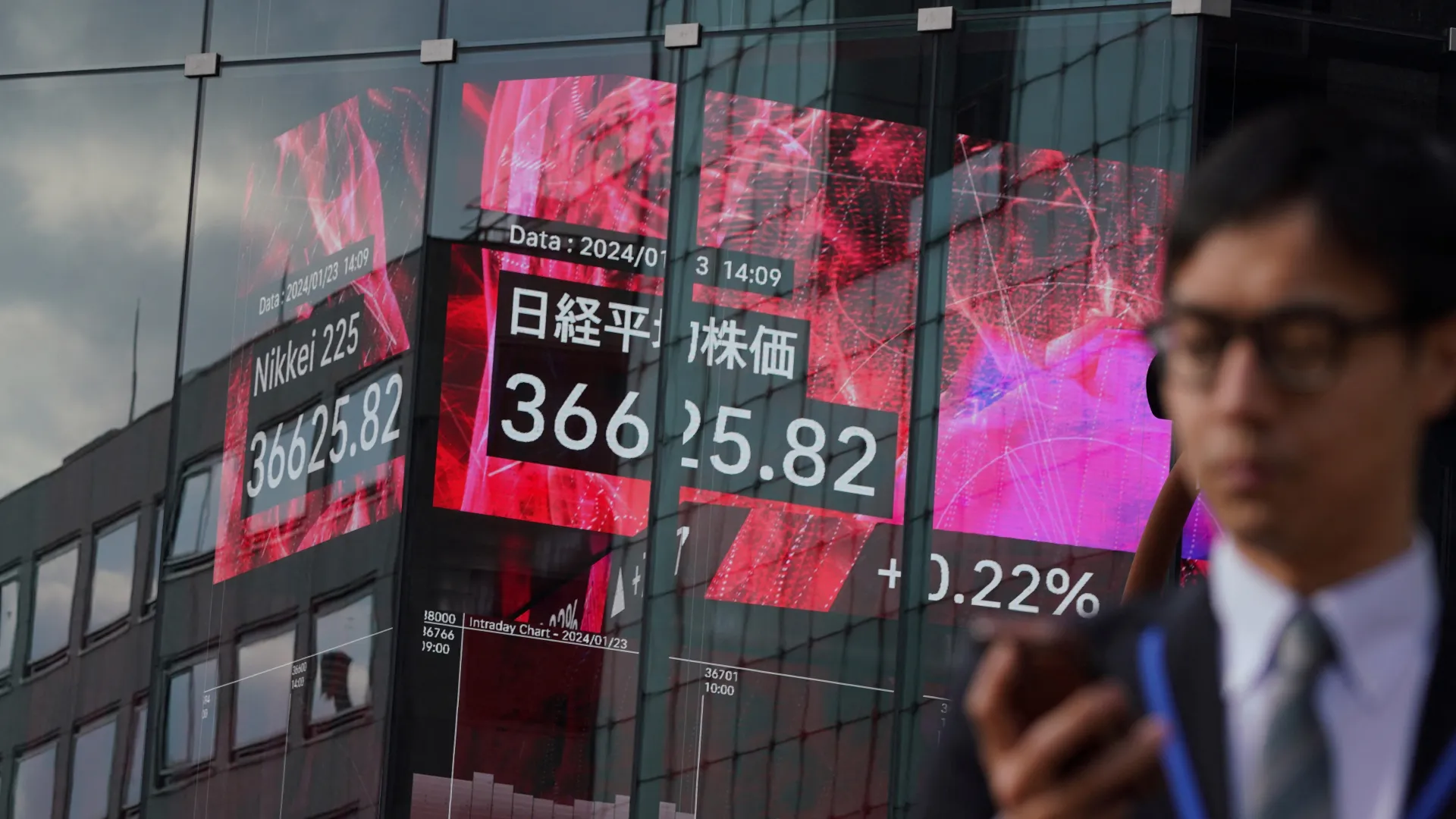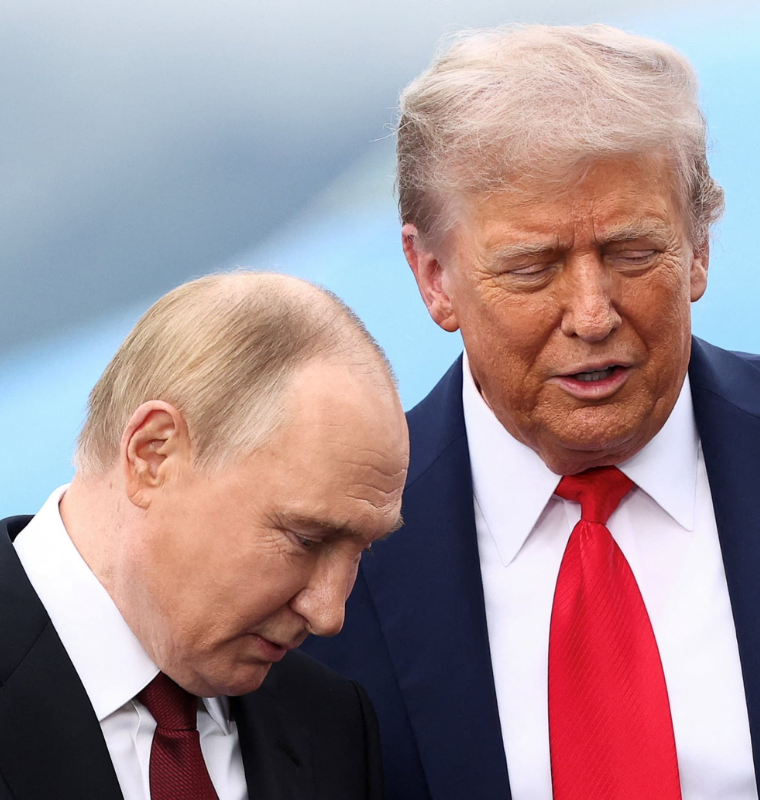Japan’s Nikkei Surges to Record High as Asian Markets Rally After Trump-Xi Trade Truce
Japan’s Nikkei Surges to Record High as Asian Markets Rally After Trump-Xi Trade Truce
By
Rachel Steinberg
Last updated:
October 31, 2025
First Published:
October 31, 2025

Photo: Al Jazeera
Japan Leads Asia’s Market Momentum
Asian stocks ended the week mostly in positive territory on Friday, with Japan’s markets taking the lead after President Donald Trump and China’s President Xi Jinping reached a temporary trade truce. The agreement, struck during a meeting in South Korea, eased fears of another escalation in the long-standing U.S.-China economic rivalry.
Japan’s benchmark Nikkei 225 soared 1.07%, hitting an all-time record high, while the Topix Index gained 0.79%, also setting a new peak. The rally was fueled by investor optimism that the truce could stabilize global supply chains and bolster trade activity across Asia.
“Markets are breathing a sigh of relief,” said Chaoping Zhu, global market strategist at JPMorgan Asset Management. “Both sides are likely to keep some tariffs and measures in reserve, but this agreement offers a much-needed pause in economic tensions.”
Trade Truce Sparks Regional Optimism
The U.S. and China have been locked in disputes over rare earth elements and export controls, key components for high-tech and defense industries. Thursday’s deal signals a willingness to cooperate, with both sides agreeing to resume discussions on technology and mineral exports over the coming months.
Elsewhere in the region, South Korea’s Kospi climbed 0.22%, maintaining its upward momentum after touching a record high the previous day, while the Kosdaq advanced 0.47%. In Australia, the S&P/ASX 200 opened 0.45% higher, led by energy and banking stocks.
However, not all markets joined the rally. Hong Kong’s Hang Seng Index slipped 0.33%, weighed down by property sector weakness and regulatory uncertainty, while mainland China’s CSI 300 ended the session flat as investors remained cautious about the country’s manufacturing outlook.
China’s Manufacturing Weakens Amid Ongoing Pressures
Fresh data from China’s National Bureau of Statistics showed the country’s manufacturing activity contracted in October, with the official manufacturing PMI dropping to 49.0, below economists’ forecasts of 49.6 and marking the lowest level since May. A reading below 50 indicates contraction.
This decline reflects ongoing challenges from both external trade pressures and weakening domestic demand. Manufacturing has now remained in contraction since April, as Trump’s earlier tariff campaign and slowing global consumption have weighed heavily on Chinese exporters.
Corporate Moves and Market Reactions
Japanese conglomerate Panasonic Holdings saw its shares tumble 8.2% after the company slashed its full-year operating profit forecast by 13.5%. The revision came after weaker-than-expected performance from its energy division, which supplies battery components to Tesla and other major automakers.
Analysts said the drop highlights the ripple effect of slowing global electric vehicle demand and supply chain cost pressures. Still, Japan’s broader market gains offset individual corporate setbacks, signaling resilient investor confidence.
Wall Street’s Overnight Influence
The positive sentiment in Asia followed a mixed trading session on Wall Street. All three major U.S. indices closed lower Thursday as investors digested a wave of Big Tech earnings and awaited further clarity on Federal Reserve rate policy.
The S&P 500 fell 0.99% to close at 6,822.34, while the Nasdaq Composite dropped 1.57% to 23,581.14. The Dow Jones Industrial Average edged down 109.88 points, or 0.23%, finishing at 47,522.12.
Despite the pullback in U.S. markets, Asian investors remain cautiously optimistic, with the Trump-Xi trade truce offering a rare glimmer of stability in an otherwise uncertain global economy.
Outlook: Can the Momentum Last?
While Friday’s rally signals renewed optimism, analysts warn that the market’s momentum hinges on whether Washington and Beijing can sustain their truce and deliver tangible progress in future negotiations.
“The next few months will be crucial,” said one Tokyo-based economist. “If trade discussions stall again, we could see another wave of volatility. But for now, Japan’s record-breaking rally underscores growing investor belief in Asia’s economic resilience.”
With inflation easing across several major economies and interest rate cuts expected in 2025, Asia’s markets could be poised for a stronger year—provided global politics don’t throw them off course once more.
Popular articles
Subscribe to unlock premium content
The Business Behind Handcrafted Japanese Knives That Sell for Thousands

How Calm Turned Bedtime Stories Into a $1 Billion Wellness Empire

The Rise of AI Digital Pets as a Billion-Dollar Fantasy

The Business Behind Handcrafted Japanese Knives That Sell for Thousands

How Calm Turned Bedtime Stories Into a $1 Billion Wellness Empire

The Business Behind Handcrafted Japanese Knives That Sell for Thousands









